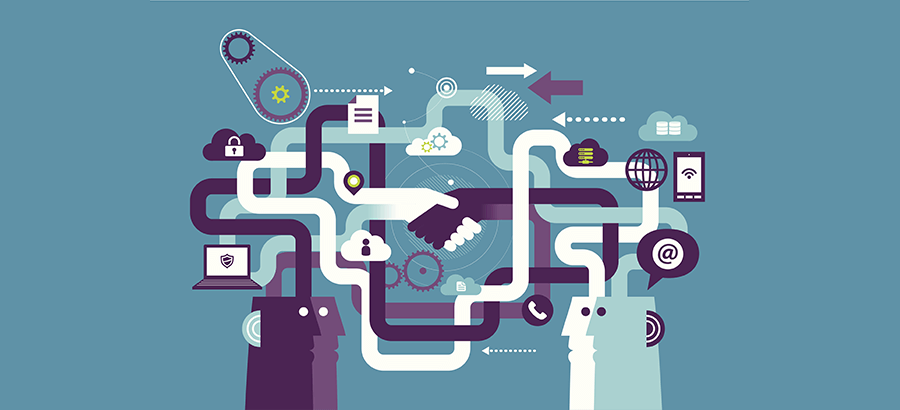When I think about the most widely used phrases bandied about the office in 2015, ‘a meaningful user experience’ has to be one of them. And I’m sure that it will continue to feature throughout 2016.
As businesses continue to place the UX at the front and center of product and service improvements, it seems highly unlikely that any industry, sector or individual organization has remained unaffected by the quest for satisfying customer engagement.
Take enterprise resource planning (ERP) for example.
The challenging business landscape and growing demand for a meaningful user experience has encouraged ERP software developers to focus on developing innovative, customer-centric solutions.
So what is powering this pursuit for the ultimate UX?
In a word, it has to be technology. Technology is comfortably in the driver’s seat of the journey towards complete customer satisfaction. And it is the same technological innovation that is pushing businesses to new heights around the world.
A recent CEO and senior business executive survey by Gartner has revealed technology-related change to be a primary tool to achieve growth in 2016.
When asked about their top strategic business priorities, respondents were quick to laud technology as a major contributing factor to the innovative capabilities of an organization.
Companies today are competing via their complete supply-chain competencies and abilities. The emphasis is on collaboration.
The key here is a shift from simply supplying goods and services in full, and on time, to tangibly offering the customer a differentiated experience. This signals a desire to go beyond simply meeting an expectation.
Globally, businesses are reacting to the dramatic change in customer behavior. Consumers may research online, turn to their communities for recommendations, trawl the internet for product reviews and then test the product in store before making an online purchase. What is significant here is that neither the digital nor the brick-and-mortar environment plays a central role. Jointly, they build out a more convenient experience for the customer.
The focus on tight integration between these two streams has highlighted the new business designs that have emerged through the fusion of the digital and physical worlds. 25 billion devices constantly streaming statuses, interactions, geographic positions, connections, collaborations, patterns and so much more have forced an evolution well beyond the realms of traditional trend reporting in analytics.
Digital algorithms are at the core of new customer interactions. Moving forward, companies will be valued not just on their big data, but on the algorithms that turn this data into actions that positively impact the customer.
At this current rate of change, technology innovation (such as these digital algorithms) is creating considerable disruption to traditional processes, markets and the way in which we conduct business. Yet, this very same disruption is unlocking vast opportunities for organizations. It facilitates the rapid adoption of the evolving technologies that are driving this change and creating clear competitive differentiators, fuelling growth rates not seen in the past decade.
The central tenet here is how organizations should structure their IT strategy to both accommodate and embrace this disruption. Systems – such as ERP – that offer a method of process control, accountability and governance are mission critical to securing the economic future of most modern day businesses.
Thanks to the unprecedented rate of innovation, anything could happen in 2016. And it probably will.






